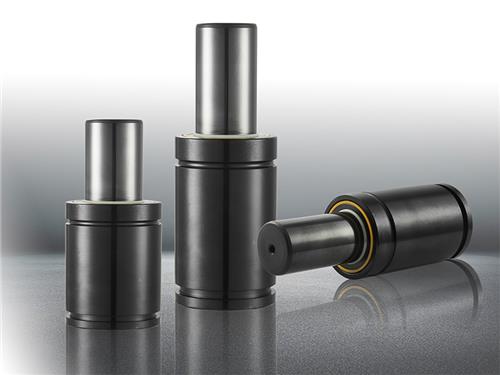Nitrogen Spring: Innovating Automotive Shock Absorption

With the continuous development of automotive technology, various innovative components and systems are constantly emerging to improve the performance, safety, and comfort of vehicles.Among them, nitrogen springs play a crucial role as an important component of automotive shock absorption systems.
Nitrogen springs, filled with nitrogen gas, are designed to resist bending during compression, unlike metal springs. They compress and release gas when the vehicle encounters uneven terrain or bumps, reducing suspension impact, minimizing body shaking and vibration, and enhancing driving comfort and stability.
The air pressure of the nitrogen spring is adjustable, and the hardness and responsiveness of the suspension system can be adjusted according to needs. Increasing or decreasing air pressure can change support and elasticity, adapting to different driving conditions. Increasing air pressure is suitable for high-speed or sporty driving, improving hardness and response speed; Reducing air pressure is suitable for daily urban driving and improves comfort.
In summary, nitrogen springs have the following three advantages:
1.Uniform support force: less prone to bending deformation, providing a more stable suspension system.
1.Uniform support force: less prone to bending deformation, providing a more stable suspension system.
2.Powerful adjustment performance: The internal air pressure is adjustable, and the hardness and responsiveness can be adjusted according to needs, adapting to different roads and driving styles.
3.High performance and durability: Long term use prevents loss of elasticity and maintains stable shock absorption effect.
2024-03-19 13:49:14
Contact Us
- +86-20-86373199
- info@gocpb.net
- +86 18998386976
Copyright © GOCPB GROUP All Rights Reserved.
ADD:Building 5, Greenland Huichuang International, Baiyun District, Guangzhou
TEL:+86-20-86373199 FAX: E-mail:info@gocpb.net
ADD:Building 5, Greenland Huichuang International, Baiyun District, Guangzhou
TEL:+86-20-86373199 FAX: E-mail:info@gocpb.net
01.png)





